
Technology leaders in the UK were one of the loudest voices speaking out against #Brexit. Multiple polls showed the technology sector strongly in favour of remaining, with only 15% in favour of leaving. Over 60 venture capitalists signed a letter backing to remain, with experienced investors like Robin Klein warning that a Brexit could be a Doomsday for the UK startup ecosystem.
The UK technology sector is growing 34% faster than the rest of the economy, and it has been a huge success in recent years — garnering the UK international attention as technology hub, culminating in large exits and pulling in strong talent from all over the globe.
Maybe we, as the tech community, assumed that the rest of country wanted the same things we did. This is perhaps why the outcome has come as such as a surprise to so many of us — the voices that we were surrounded by were not reflective of a large portion of the UK.
Now that Brexit has happened — should we expect large changes? Is Doomsday coming? Currently, there remains far too many uncertainties and undecided variables to make long term predictions. However, there are some considerations worth taking into account in the short- and medium-term for UK technology startups.
Short-term
Uncertainty is the killer for the short term. As of publication, we still have not heard from the Bank of England or the ECB, and with Cameron stepping down, we don’t know who will lead the UK economy. Leaving the EU is a concept — how the UK subjectively will do it is still to be decided.
The European Union has become so entrenched in many aspects of the UK financial, regulatory, and legal economy — the process to untangle those is still unsure. At the moment, this uncertainty is fueling a lot of the huge movements we are seeing in the equity and currency markets.
During unstable periods, most financial investors will move away from technology startups, who are seen as high-risk. This will make it less appealing for angel and high-net worth individuals to invest until markets have stabilised.
This morning, I’ve received 5+ phone calls from entrepreneurs both in and outside the Frontline portfolio — all concerned with how Brexit would affect their current round of funding.
If they are a UK company who is raising in US Dollars — that is now a positive for them. If they are a UK company raising in Pounds from international investors — that is a positive for their investors. Most technology companies are global companies and most venture capital investors are long-term investors, so something like Brexit should not prevent a deal from closing.
Where this is not true, though, is for any potential M&A activity. Until there is more stability, I expect to see a severe decrease or altogether halt of technology acquisitions in the UK.
In the short-term, folks who are considering joining UK companies from abroad will be less likely to move. Anecdotally, I know two couples (one from the EU, one from the US), both of whom had been planning to join the UK tech sector. Both are now seriously reconsidering whether it is the right place to move now, a lot of their fear powered by uncertainty of the future.
Medium-Term
As markets begin to stabilise, we will see currencies and equities settle — most likely at much lower values than before. This lower-valued pound will mean that UK companies will be less competitive in attracting top talent, one of the most important abilities for fast-growing technology companies.
Free movement of talent is probably one of founders’ biggest worries. Being part of the EU means that a UK company has open access to a talent pool of over 400M people, instead of the mere 60M in the UK. Most likely, the UK will move towards having a relationship with the EU similar to that of Norway. Hopefully, this will mean that trade and immigration will be similar to what it is now.
Depending on how these trade and immigration agreements are made, it could make it significantly less appealing for international companies to have their European HQs in Britain. Many of the largest financials institutions such as HSBC, Barclays, Goldman Sachs, and many others announced prior to the vote that they would be moving large number of employees out of the UK should a Brexit vote occur. Even now, it is being reported that Morgan Stanley already plans on moving 2000 staff to Dublin or Frankfurt.
Some have stepped back on these comments this morning, but I see this as more of a market-calming tactic. I believe that many international companies will look to move operations elsewhere in Europe. This will be equally a problem for the early-stage tech companies based in London/the UK — a significant talent drain is never good for the market.
The funding environment for venture capital funds will also be affected. The European Investment Fund is the largest investor in European VC funds and are invested in many UK VCs. If the UK is no longer in the EU, this source of capital will most likely dry up and venture funds will need to seek alternative sources of capital — which is already in short supply. The same will go for the many favourable grants that tech companies receive.
While UK companies will have less capacity to buy foreign companies, they will seem cheaper to international buyers and investors. In the medium-term, this could lead to an uptick in acquisitions or international investments in the UK.
Many other questions remain to be answered: What will happen to UK fintech companies that have EU bank passporting that allows them to operate without obtaining extra banking licenses in other EU countries? Will this lead to London losing it’s fintech crown? How will the digital single market be affected for UK companies?
Currently, London is the centre of the European tech startup ecosystem. However, other European cities will take advantage of these post-Brexit issues. Hubs like Stockholm, Dublin, and Berlin could leverage this uncertainty to attract talent, capital, and companies away from the UK. It could lead to London losing importance in Europe as a tech and startup centre.
As a pan-European investor, today is a sad day for me. However, I hope that this instability is short-lived and that, moving forward, Europe continues to lower barriers for trade and people — so that great companies can continue to grow with as little friction as possible across the continent.
 House Minority Leader Nancy Pelosi speaks to reporters on Capitol Hill in Washington on Wednesday.
House Minority Leader Nancy Pelosi speaks to reporters on Capitol Hill in Washington on Wednesday. 
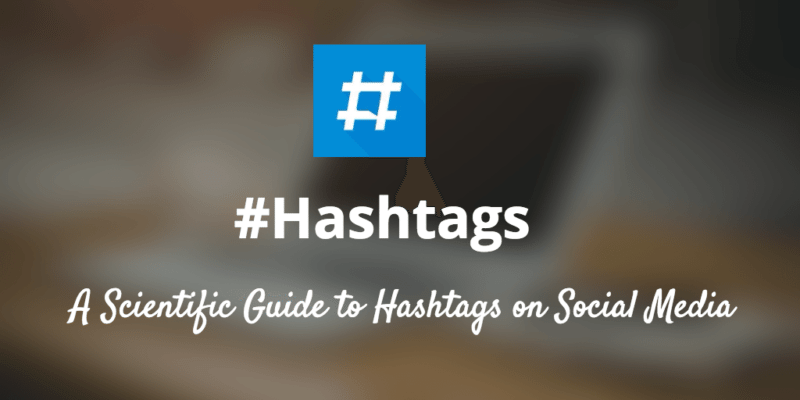
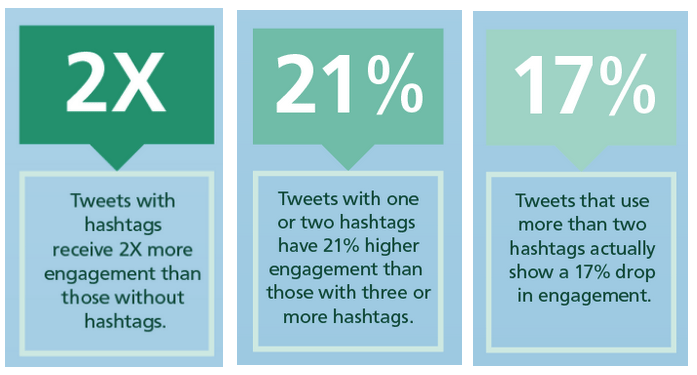










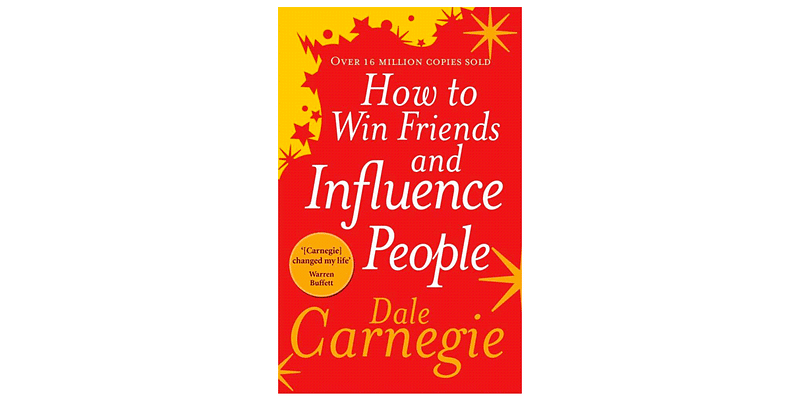

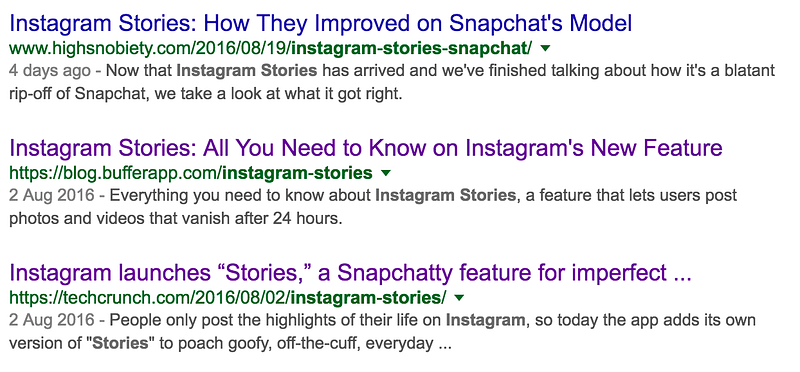









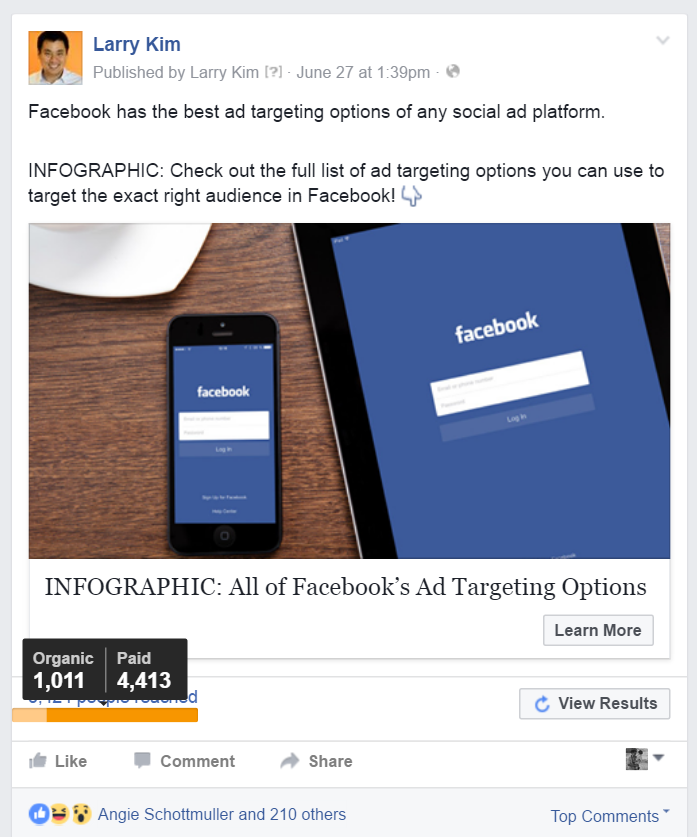



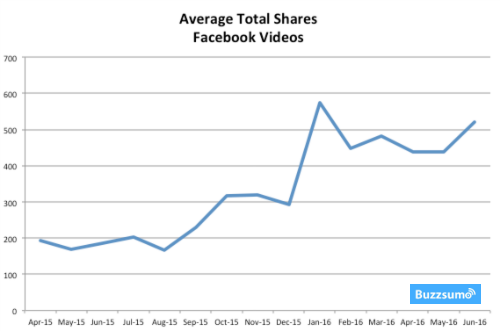



 “Freedom Riders” arriving in McComb, Mississippi, in December 1961. (AP Photo/Fred Kaufman)
“Freedom Riders” arriving in McComb, Mississippi, in December 1961. (AP Photo/Fred Kaufman) Nixon’s campaign went “quasi-psychedelic” in 1968. (Getty)
Nixon’s campaign went “quasi-psychedelic” in 1968. (Getty) In 2008 Barack Obama set a new bar for youth appeal in a presidential election. (
In 2008 Barack Obama set a new bar for youth appeal in a presidential election. (